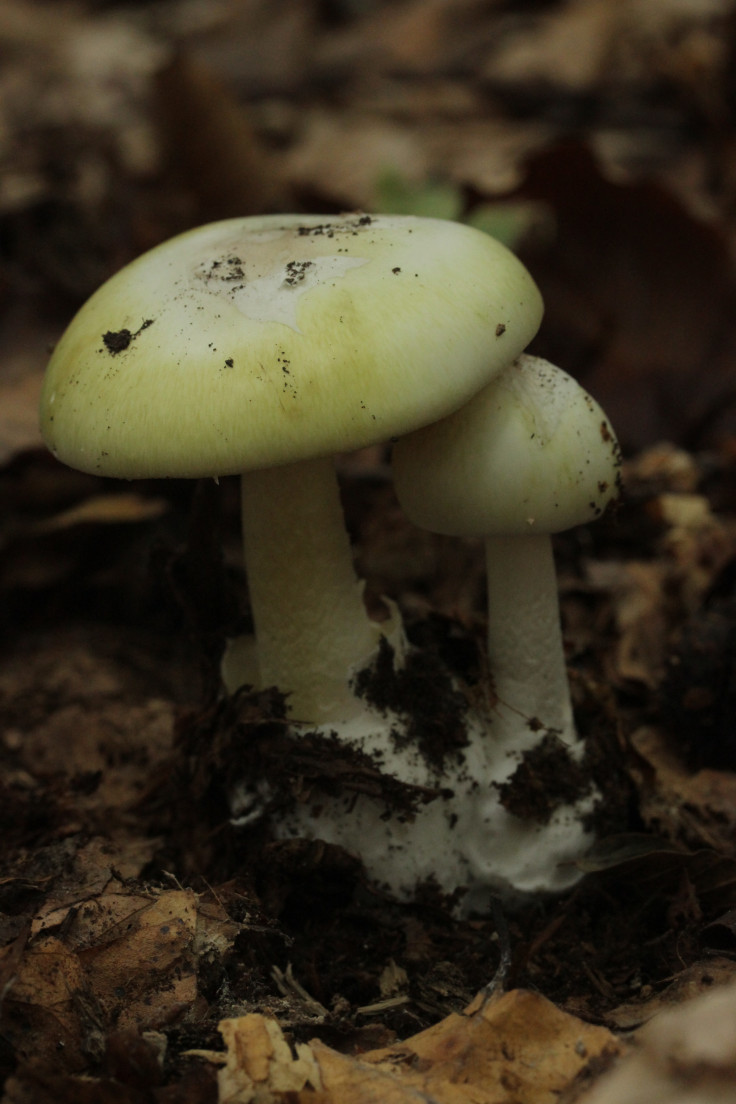Death Cap Mushroom Suspect Admits To Storing 'Exotic' Fungi In Same Jar As Store-Bought Ones
Erin Patterson pleads not guilty to murder and attempted murder over fatal lunch at her home in Leongatha

Erin Patterson, the Australian lady accused of fatally poisoning three relatives with a mushroom-laced beef Wellington, is under trial at the Latrobe Valley Law Courts in Victoria, Australia. While prosecutors create a case focused on intent and preparedness, the jury must carefully separate preoccupation from criminal intent. Her case is now attracting worldwide interest.
Patterson, 50, entered a not guilty plea to three counts of murder and one of attempted murder during a lunch she hosted in July 2023 at her Leongatha residence. The guests — her former in-laws Don and Gail Patterson, both 70, and Gail's sister Heather Wilkinson, 66 — died in hospital within days of the meal. After weeks in intensive care, Baptist minister Ian Wilkinson, the fourth guest, survived.
Mushroom Mystery
The central question in the lawsuit is whether Patterson purposefully served death cap mushrooms to family members or if this was a sad accident resulting from culinary incompetence and a lifetime love of fungus.
Patterson testified in court the deadly dish included store-bought kinds as well as mushrooms she foraged, dried, and kept. She claimed she routinely bought dried mushroom mixes from Asian grocers, sometimes with unclear labelling and would even store them in one jar.
'They weren't specific about the type,' she testified, saying she often cooked with shiitake, enoki, and porcini mushrooms. She also confessed to foraging in nearby gardens and trails, but denied knowing the poisonous nature of what she collected. In her statement, she admitted to using 'exotic' mushrooms because they have more flavour.
Prosecutors dispute Patterson's claims. They told the court she had visited websites mentioning local occurrences of the deadly Amanita phalloides, sometimes known as the death cap mushroom, and her mobile data placed her in known fungus-rich areas weeks before the meal. The prosecution also showed a mushroom dehydrator that Patterson owned which she regularly posted on Facebook.
Suspicion was further aroused by the court learning that Patterson made each beef Wellington separately but did not eat from the same batch. Ian Wilkinson, the surviving guest, said she ate something different and served all the meals herself. Additional information showed she had previously complained about her husband and in-laws on internet forums; one witness related posts she described as 'controlling' and 'coercive.'
Simon Patterson, her estranged husband, was invited to the dinner but withdrew the evening before. Prosecutors claimed she may have enticed her family under the false pretense of a cancer diagnosis, a detail particularly disturbing because she now confesses she is not sick of the deadly disease.
Jury's difficult duty
The evidence is considerable even though it is circumstantial. Although the hobby of foraging for mushrooms is not illegal, the jury has to consider if Patterson's acts, taken along with her knowledge, behavior, and digital trail, constitute planned murder.
Her defence contends the episode was an awful combination of culinary misjudgement, mislabelled materials, and terrible happenstance. Her lawyer said, 'She didn't intend to cause anyone any harm,' therefore characterizing her as a woman who has battled body image issues, loneliness, and mistrust of doctors.
Erin Patterson's fate now rests in the hands of a jury charged with sorting out a very convoluted story as the trial progresses. Was this only the tragic error of a cook, or the painstaking preparation of a killer hidden under her apron?
The hearing picks again up on Wednesday when Patterson is scheduled to return to the witness stand.
© Copyright IBTimes 2025. All rights reserved.




















